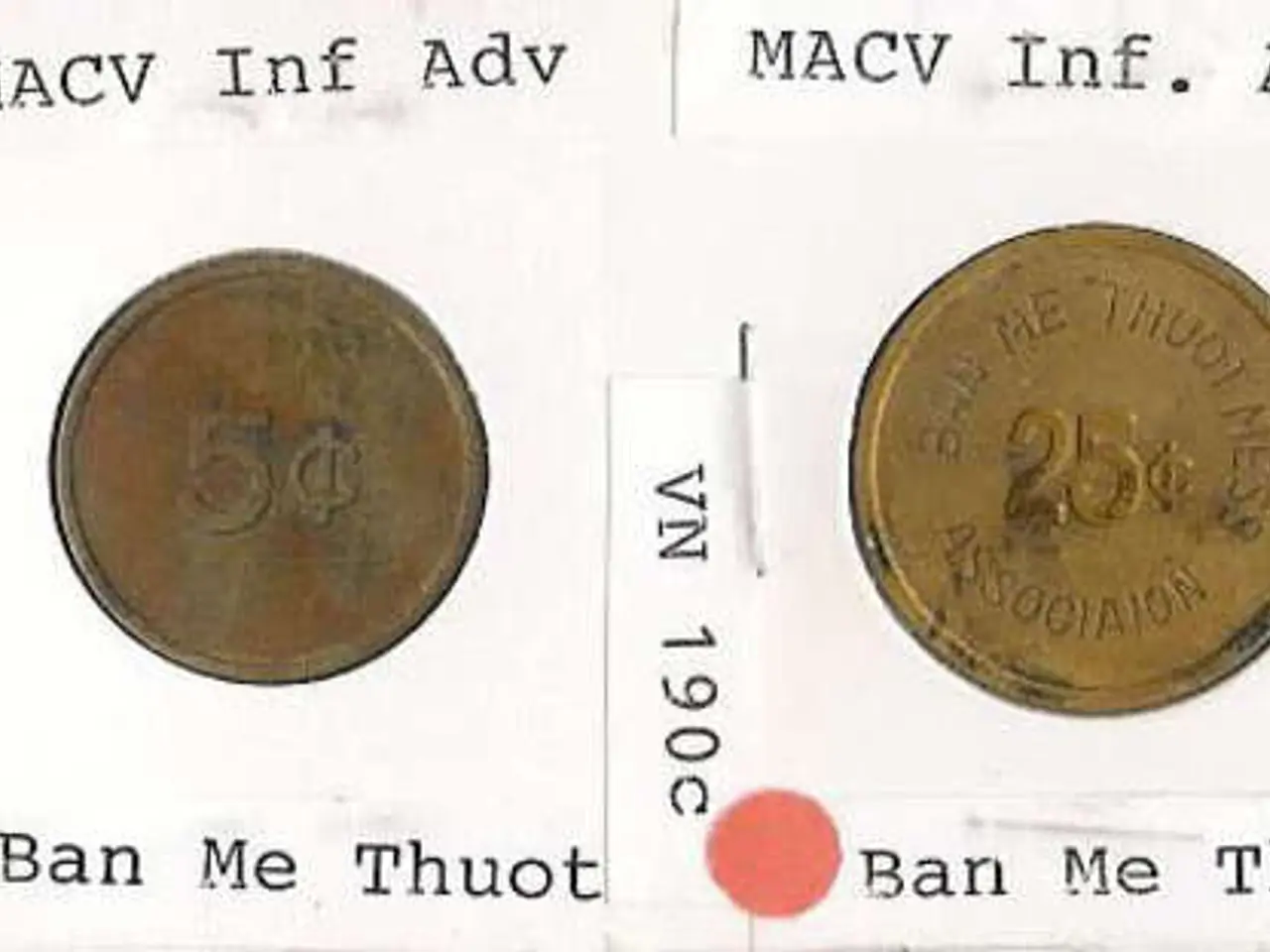Romania has the least investment in social protection among EU countries, measured as a percentage of its GDP.
In a report released by the Friedrich Ebert Foundation Romania, data from Eurostat reveals some striking differences in social protection spending across European Union member states. One country that stands out for its relatively low investment in social protection is Romania.
Social Protection Spending in Romania
In 2023, Romania allocated 12.8% of its GDP to social protection spending, the lowest among EU member states [1]. On a per capita basis, Romania spent EUR 1,766 on social protection expenditure in 2022, placing it second to last in the EU, only ahead of Bulgaria (EUR 1,631) [2].
Moreover, Romania allocated just 0.2% of its total social protection spending to unemployment benefits in 2023, the lowest in the EU [3]. The country also spent 0.04% of its total social protection budget on social housing in 2022, a figure that places it second to last in the EU, only ahead of Bulgaria (0%) [4].
Romania's social protection spending is expected to decline in 2025 due to the withdrawal of energy compensation schemes and government efforts to reduce the budget deficit [5].
Comparing Romania with Other EU Countries
While comprehensive EU-wide data specifically detailing social protection spending comparisons in Romania, Finland, France, Austria, Hungary, Malta, and Ireland is not fully available, several relevant points from 2022 and 2023 provide useful insights for a comparative analysis.
Family Benefits Spending
The EU average for per capita family benefits spending was about EUR 830 in 2022, a 46.7% increase over the decade from 2012 [6]. The countries with the highest per capita family benefits spending were Luxembourg (€3,789), Denmark (€1,878), and Germany (€1,616), whereas the lowest were Bulgaria (€211), Greece (€264), and Cyprus (€277) [6].
Unfortunately, explicit figures for Romania, Finland, France, Austria, Hungary, Malta, and Ireland were not listed in this dataset. However, given their economic profiles, Finland and France likely spend above the EU average, while Romania and Hungary are typically below average [6].
Risk of Poverty
Risk of poverty (defined as the share of people at risk of poverty or social exclusion) varies widely across the EU. Romania has a relatively high risk at 21.1%, indicating higher social protection needs [7]. On the other hand, Finland (12.2%), Austria (14.9%), France (15.4%), Hungary (13.1%), Malta (16.6%), and Ireland (12.0%) are all below the EU average poverty risk, reflecting generally stronger social protection and economic conditions [7].
Key Takeaways
- Wealthier EU countries (Finland, France, Austria, Ireland) tend to spend more on social protection, including family benefits, resulting in lower poverty risks.
- Romania and Hungary spend comparatively less, consistent with higher relative poverty levels in Romania.
- Malta’s figures suggest a moderate position, while Ireland shows relatively low poverty risks aligned with strong social protection measures.
Limitations
- Exact 2023 comparable spending figures by category for these specific countries are not provided in the available data.
- Family benefits are one dimension of social protection; total social protection spending includes pensions, unemployment, health, housing, disability, etc., which could alter comparative insights.
For precise 2023 social protection spending figures by country and category beyond family benefits, consulting Eurostat’s detailed social protection databases or national statistics offices directly would be required.
[1] Eurostat (2023). National accounts: Gross domestic product (GDP) and main components by NACE rev. 2 section – General government expenditure on social protection main class of function (84) by sub-class of function (2015 classification) – Gross domestic product (GDP) and main components by NACE rev. 2 section.
[2] Eurostat (2023). Social protection expenditure on social transfers in cash or in kind by type of recipient for the EU, EFTA countries and the EU-27, EU-15, EU-17, EU-28, EU-3, EU-6, EU-9, EU-12, EU-13, EU-14, EU-16, EU-18, EU-20, EU-22, EU-24, EU-25, EU-26, EU-27, EU-30, EU-32, EU-33, EU-34, EU-35, EU-36, EU-37, EU-38, EU-39 by type of social protection benefit and by country or region.
[3] Eurostat (2023). Social protection expenditure on unemployment benefits by type of unemployment benefit and by country or region.
[4] Eurostat (2023). Social protection expenditure on housing benefits by type of housing benefit and by country or region.
[5] Eurostat (2023). Social protection expenditure on social transfers in cash or in kind by type of recipient for the EU, EFTA countries and the EU-27, EU-28, EU-3, EU-6, EU-9, EU-12, EU-13, EU-14, EU-16, EU-18, EU-20, EU-22, EU-24, EU-25, EU-26, EU-27, EU-30, EU-32, EU-33, EU-34, EU-35, EU-36, EU-37, EU-38, EU-39 by type of social protection benefit and by country or region.
[6] Eurostat (2023). Social protection expenditure on family benefits by type of family benefit and by country or region.
[7] Eurostat (2023). At-risk-of-poverty rate (S80%) – Indicator detail.
In the context of European Union member states' social protection spending, it is noticeable that wealthier countries like Finland and France tend to allocate more resources to social protection, including family benefits, reducing the risk of poverty. On the other hand, countries with lower expenditure, such as Romania and Hungary, might correlate with higher relative poverty levels, requiring increased investment in social protection. In terms of business and finance, these spending patterns reflect the economic profiles of each country.




